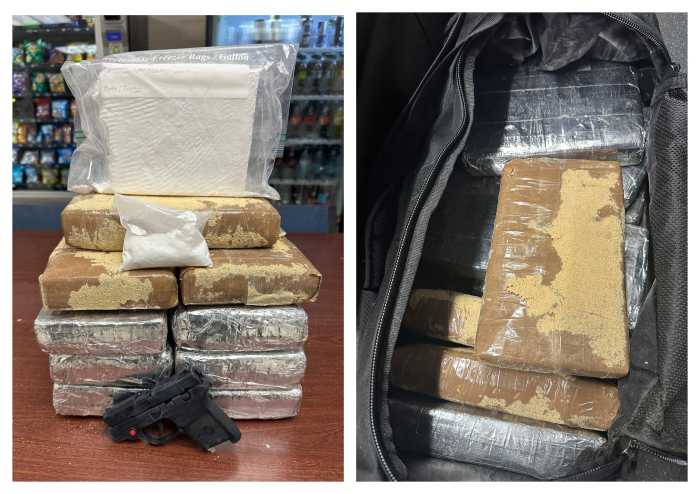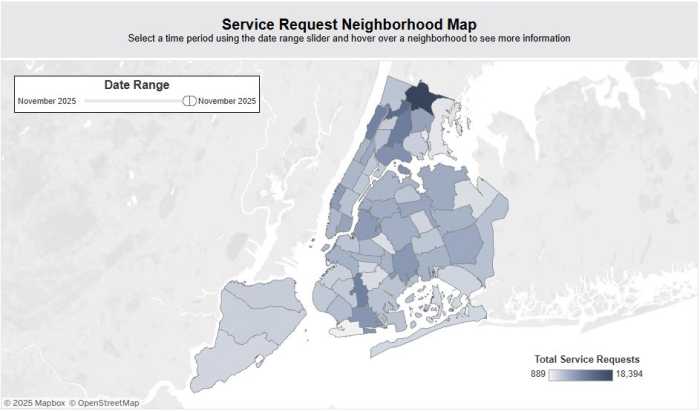By Rebecca Henely
The students at Long Island City’s LaGuardia Community College, less than a block away from one of the most polluted parts of Newtown Creek, are taking part in a years-long campaign to clean the Superfund site.
“It’s pretty exciting for our students because they can actually go out and collect data and come back in the classroom and analyze,” said Dr. Holly Porter-Morgan, assistant professor of environmental science and director of the environmental science program at LaGuardia.
Newtown Creek, which extends 3.8 miles from the East River below Long Island City to Metropolitan Avenue in Maspeth, was declared a Superfund site by the U.S. Environmental Protection Agency in September 2010.
An industrial center in the mid-1800s, the creek has long been riddled with pollution. It was once the home of more than 40 industrial facilities and was used as a raw sewage dumping site starting in 1856. The creek also suffered oil spills, including a 17 million gallon plume found by a U.S. Coast Guard helicopter in 1978.
The plume is 6 million gallons more than the 1989 Exxon Valdez spill in Alaska, the second largest oil spill in America after the 210 million-gallon British Petroleum oil spill off the Gulf of Mexico in 2010.
The current plan for cleanup, begun in July, includes five to seven years of study to determine the extent of pollution and the options to clean it. Porter-Morgan said a team that includes five students and two faculty researchers will be assisting in that study, taking samples once a week, and that she and Dr. Sarah Durand, associate professor of natural sciences at LaGuardia, will be publishing the results.
“A lot of our students grew up in Queens,” Porter-Morgan said. “I want my students out of the classroom into the community where they’re doing things that affect their community.”
EPA spokesman John Martin said in an e-mail the agency often works with local volunteers on projects.
“Citizens and community groups that have the tools, education and training to monitor their environment can often serve as a valuable resource,” he said.
Porter-Morgan said her students will be taking samples from Dutch Kills, a T-shaped section of the creek south of 47th Avenue between 27th and 29th streets that is one of the most polluted parts of the creek. Durand said in a statement that the water may be dirty because nearby drainage pipes put street runoff and sewage into the water after rainfall.
But the students also take samples from the Newtown Creek Nature Walk at Paidge Avenue and Provost Street in Brooklyn. While not far from Dutch Kills, Porter-Morgan said there is a significant amount of wildlife near the creek, including fish, blue crabs and shrimp.
“We had noticed as we were out there at the nature walk, there were all these organisms that we hadn’t expected to see,” Porter-Morgan said.
She said throughout the next few years, the study will not only monitor that wildlife but also track changes throughout the cleanup.
“The students’ research will provide information that will enable us to gain a better understanding of the harsh conditions experienced by organisms that live in the water and how these conditions could be improved,” Durand said.
Reach reporter Rebecca Henely by e-mail at rhenely@cnglocal.com or by phone at 718-260-4564.





































